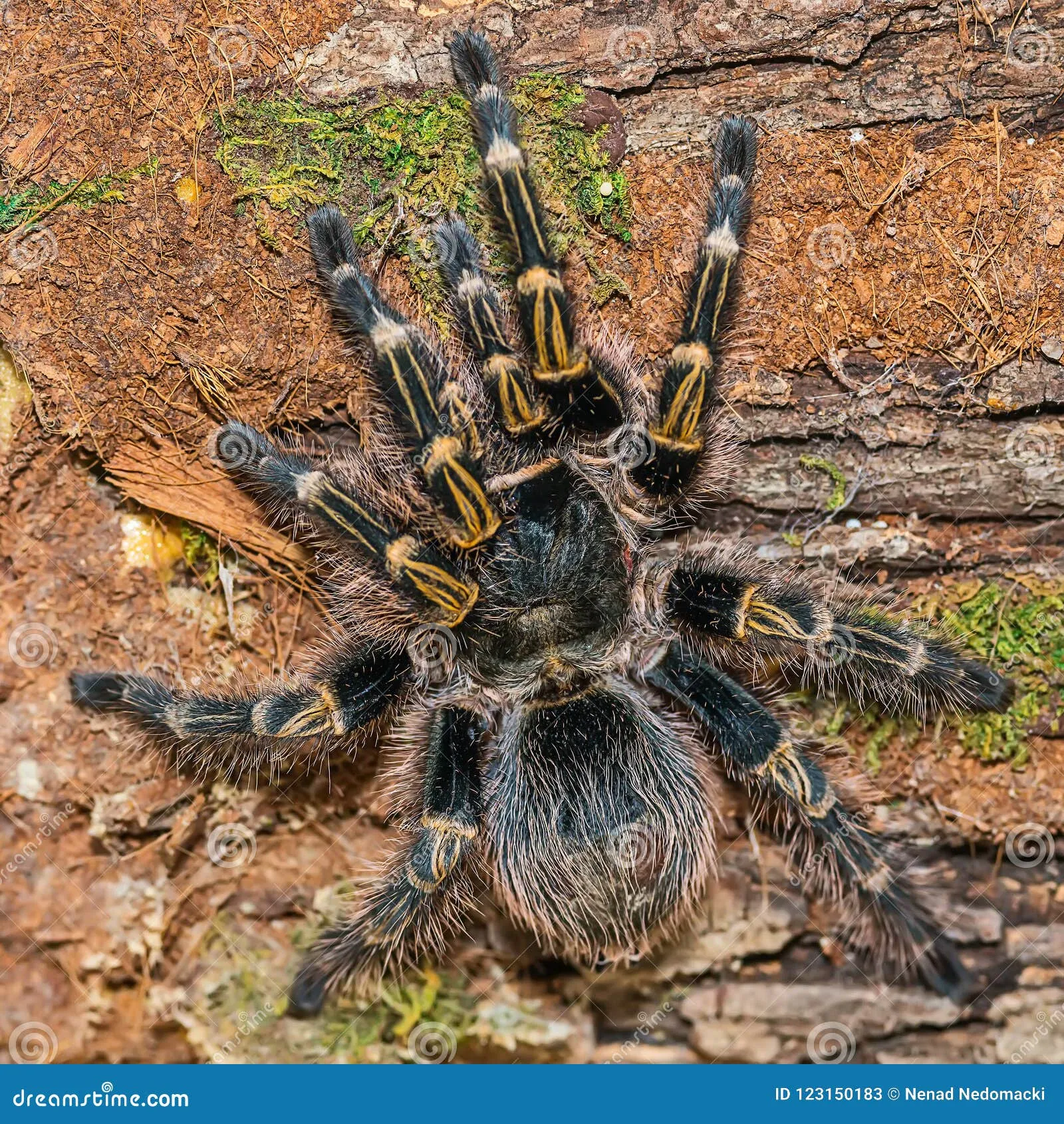Understanding Grammostola Tarantulas
The Grammostola genus encompasses some of the most popular tarantula species kept as pets, known for their relatively docile temperaments and striking appearances. These New World tarantulas hail primarily from South America, particularly Brazil, Argentina, and Uruguay. Their appeal lies in their manageable size, gentle nature compared to some other tarantula species, and the rewarding experience of observing their behavior. Owning a Grammostola tarantula can be a fascinating journey for both novice and experienced arachnid enthusiasts. This guide provides essential information for successfully caring for these captivating creatures.
Origin and Habitat
Grammostola tarantulas are native to the grasslands and forests of South America. Their natural habitat dictates their specific needs in captivity. Understanding their origin helps in replicating their ideal living conditions. In the wild, they typically burrow in the ground, creating elaborate tunnels and chambers where they spend most of their time, ambushing prey. They are well-adapted to moderate temperatures and humidity levels. Recreating a similar environment in a terrarium is crucial for their health and well-being. The species like Grammostola rosea (Chilean Rose Hair) are particularly hardy, whereas some other species are more sensitive to environmental fluctuations.
Physical Characteristics
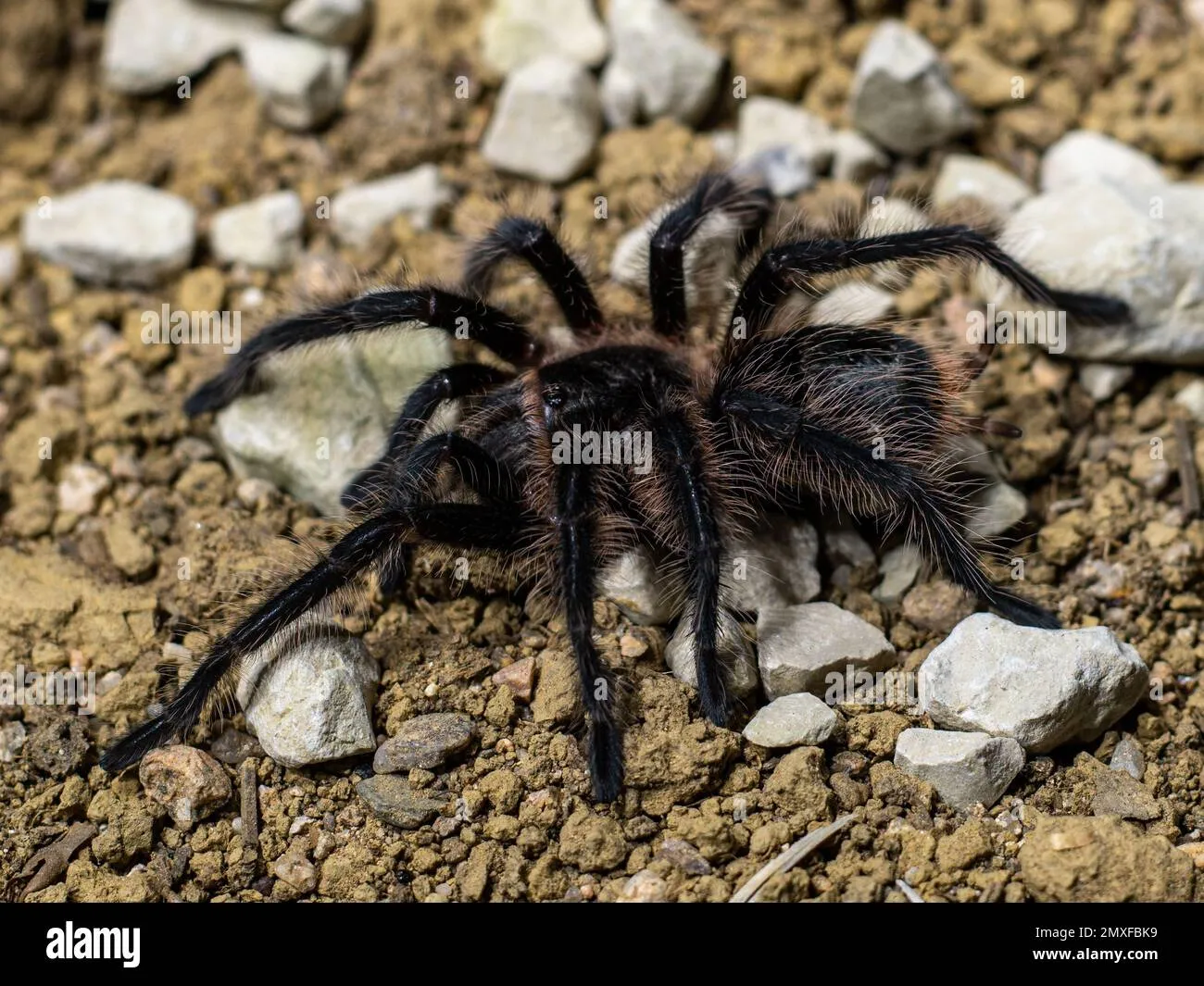
Grammostola tarantulas exhibit a range of physical characteristics that distinguish them from other tarantula species. They are generally medium to large-sized tarantulas, with body lengths ranging from 2 to 4 inches, and leg spans that can reach up to 6 inches or more depending on the species. Their bodies are covered in a dense layer of setae (hairs), giving them a velvety appearance. Coloration varies by species, ranging from the classic brown and tan of the Chilean Rose Hair to the darker hues of some other Grammostola species. They possess two body segments the cephalothorax (fused head and thorax) and the abdomen, with eight legs, two pedipalps (used for sensing and handling food), and chelicerae (fangs). They are equipped with urticating hairs on their abdomen, which they can flick to deter predators. These hairs can cause skin irritation and should be handled with care.
Setting Up Your Grammostola Tarantula’s Habitat
Creating a suitable habitat is paramount to the health and happiness of your Grammostola tarantula. The terrarium should mimic their natural environment as closely as possible, providing them with a sense of security and promoting their natural behaviors. Proper setup includes careful consideration of the enclosure type, substrate, decor, temperature, and humidity. A well-designed habitat not only meets their biological needs but also enhances the viewing experience for the owner, allowing for a closer observation of these amazing creatures in action. It is important to avoid toxic materials and ensure everything is secure to prevent escapes or injury.
Choosing the Right Enclosure
The size of the enclosure should be appropriate for the size of the tarantula. A good rule of thumb is to provide an enclosure that is at least three times the tarantula’s leg span in length and width. For juveniles, a smaller container like a deli cup can suffice, while adults require larger terrariums, ideally made of glass or acrylic, with secure lids to prevent escape. Good ventilation is crucial to prevent the buildup of mold and bacteria, but the enclosure must also retain enough humidity. The enclosure should provide space for burrowing, hiding, and exploring. Always consider the species-specific needs when selecting the enclosure size. For example, terrestrial species like Grammostola often prefer more floor space rather than height.
Substrate and Decor
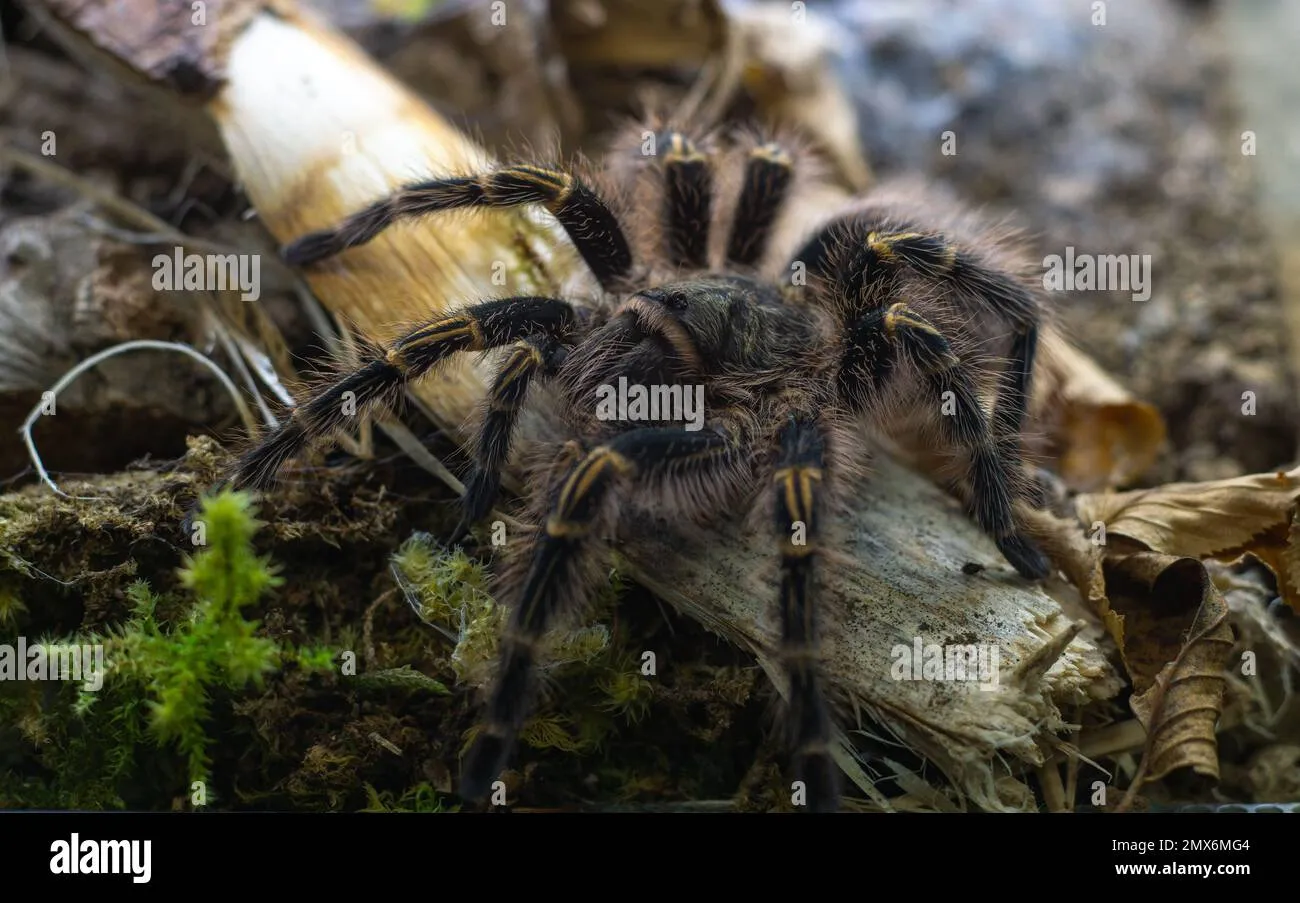
The substrate is the foundation of the tarantula’s habitat, providing a surface for burrowing and maintaining humidity. A mixture of coco fiber, peat moss, and a small amount of vermiculite or sphagnum moss is ideal. This substrate mix retains moisture well, allowing the tarantula to dig and burrow. The substrate should be deep enough, typically 4-6 inches, to allow for burrowing. Decor should include a hide, such as a piece of cork bark or a half log, which provides the tarantula with a secure place to retreat and feel safe. Artificial or real plants can add visual interest, but be sure they are safe and non-toxic. Ensure that any decor is securely placed to prevent it from falling and potentially harming the tarantula. Regular spot cleaning is necessary to maintain a healthy environment.
Temperature and Humidity
Grammostola tarantulas thrive in temperatures between 75-85°F (24-29°C). A heat lamp or a heat mat placed on the side of the enclosure can provide the necessary warmth. Avoid placing the heat source directly under the enclosure as it can dry out the substrate too quickly and overheat the tarantula. Humidity levels should be maintained between 60-70%, which can be achieved by misting the enclosure with a spray bottle 2-3 times per week, depending on ventilation and the substrate type. A hygrometer is essential for monitoring humidity levels. Ensure proper ventilation to prevent mold growth and maintain a healthy environment for your tarantula. Regular monitoring and adjustments are key to maintaining the right conditions.
Feeding Your Grammostola Tarantula
Feeding your Grammostola tarantula is a straightforward process, but it is essential to follow the right practices to ensure the tarantula’s health and well-being. These tarantulas are opportunistic eaters, consuming a variety of insects in their natural habitat. In captivity, a varied diet and a consistent feeding schedule are important. Overfeeding should be avoided, and the tarantula’s behavior and appetite should be monitored to gauge its needs. It is important to offer food items that are nutritious and properly sized, ensuring the tarantula’s optimal growth and health.
What to Feed
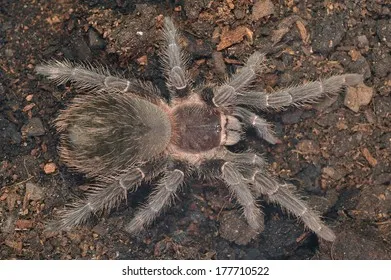
The primary food source for Grammostola tarantulas in captivity consists of insects. Crickets, mealworms, dubia roaches, and earthworms are all suitable options. The size of the prey should be appropriate for the size of the tarantula; the prey should be no larger than the tarantula’s body. Prior to feeding, the insects should be gut-loaded, which means they are fed nutritious food to enhance their nutritional value. This practice ensures that the tarantula receives essential vitamins and minerals. Avoid feeding wild-caught insects, as they may carry parasites or pesticides that could harm the tarantula. It is also crucial to remove any uneaten prey within 24 hours to prevent stress and potential injury to the tarantula.
Feeding Frequency
Feeding frequency depends on the age and size of the tarantula. Spiderlings should be fed more frequently, approximately every other day, while juveniles and adults can be fed less often. A good rule of thumb is to feed juveniles once or twice a week, and adult tarantulas every one or two weeks. However, it’s crucial to observe the tarantula’s behavior and appetite. If a tarantula refuses food for an extended period, it could be a sign of an impending molt or other health issues. Fresh water should always be available in a shallow dish. Provide food and water consistently, and adjust the feeding schedule as the tarantula grows and develops. Keep a record of feeding times to monitor consumption patterns.
Watering Your Tarantula
Providing a clean water source is vital for the health and survival of your Grammostola tarantula. Water helps the tarantula to stay hydrated and aids the molting process. A shallow water dish, such as a bottle cap or a small petri dish, should be placed in the enclosure at all times. The water should be changed regularly, ideally every 1-2 days, to prevent bacterial growth. For spiderlings, a wet cotton ball placed in the enclosure can provide an alternative water source, reducing the risk of drowning. Regularly misting the enclosure, especially during molting periods, can also help maintain proper humidity levels and provide additional moisture. Always use dechlorinated water to avoid harming the tarantula.
Handling and Safety
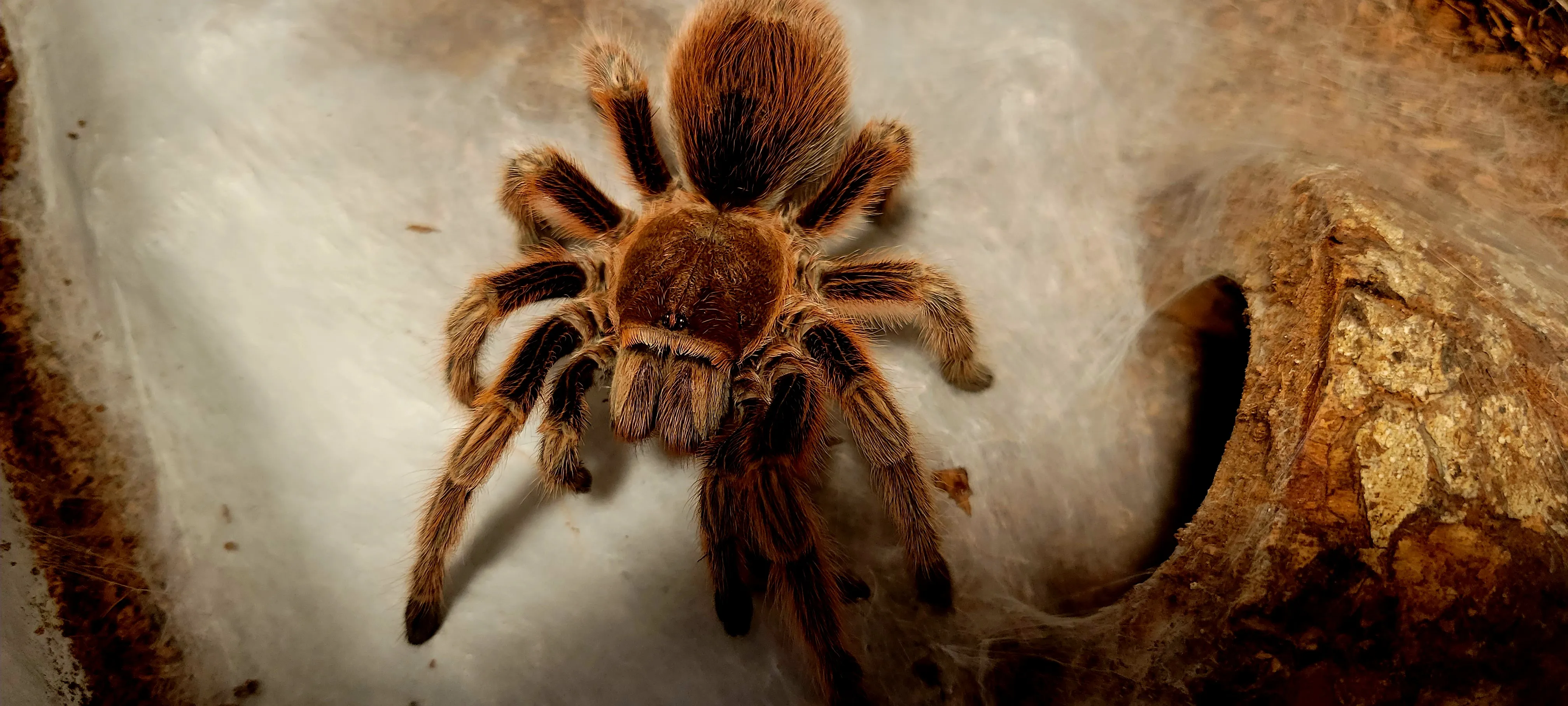
Handling a Grammostola tarantula should be approached with caution and respect. While they are known to be relatively docile, they can still bite if they feel threatened. Furthermore, they possess urticating hairs on their abdomen that can cause skin irritation. It is best to avoid handling them unless absolutely necessary, and always prioritize the tarantula’s safety and well-being. Before attempting to handle your tarantula, it’s important to be fully aware of the risks involved and how to mitigate them.
Safe Handling Practices
If you must handle your Grammostola tarantula, do so carefully and gently. Use a soft, wide brush to gently coax the tarantula onto your hand or a container. Always handle the tarantula over a soft surface, such as a bed or carpet, to minimize the risk of injury if it falls. Avoid sudden movements or loud noises that could startle the tarantula. Wash your hands thoroughly before and after handling to prevent the transfer of germs. Always be mindful of the tarantula’s behavior and body language. If it appears agitated or defensive, avoid handling it. Consider using a long-handled tool to move your tarantula if needed, reducing the risk of direct contact. Respect your tarantula’s space and preferences.
Recognizing Stress Signs
Understanding the signs of stress in a Grammostola tarantula is crucial for providing proper care and ensuring their well-being. Common stress indicators include defensive postures, such as raising the front legs and exposing their fangs, kicking hairs off the abdomen, erratic or fast movements, and a refusal to eat. If your tarantula exhibits these behaviors, it’s best to leave it undisturbed and review its habitat and care routine. Ensure that the enclosure provides appropriate temperature, humidity, and security. Providing a safe and secure environment is paramount to minimizing stress. Adjust environmental conditions as necessary and monitor the tarantula closely for any further signs of stress.
Common Health Issues
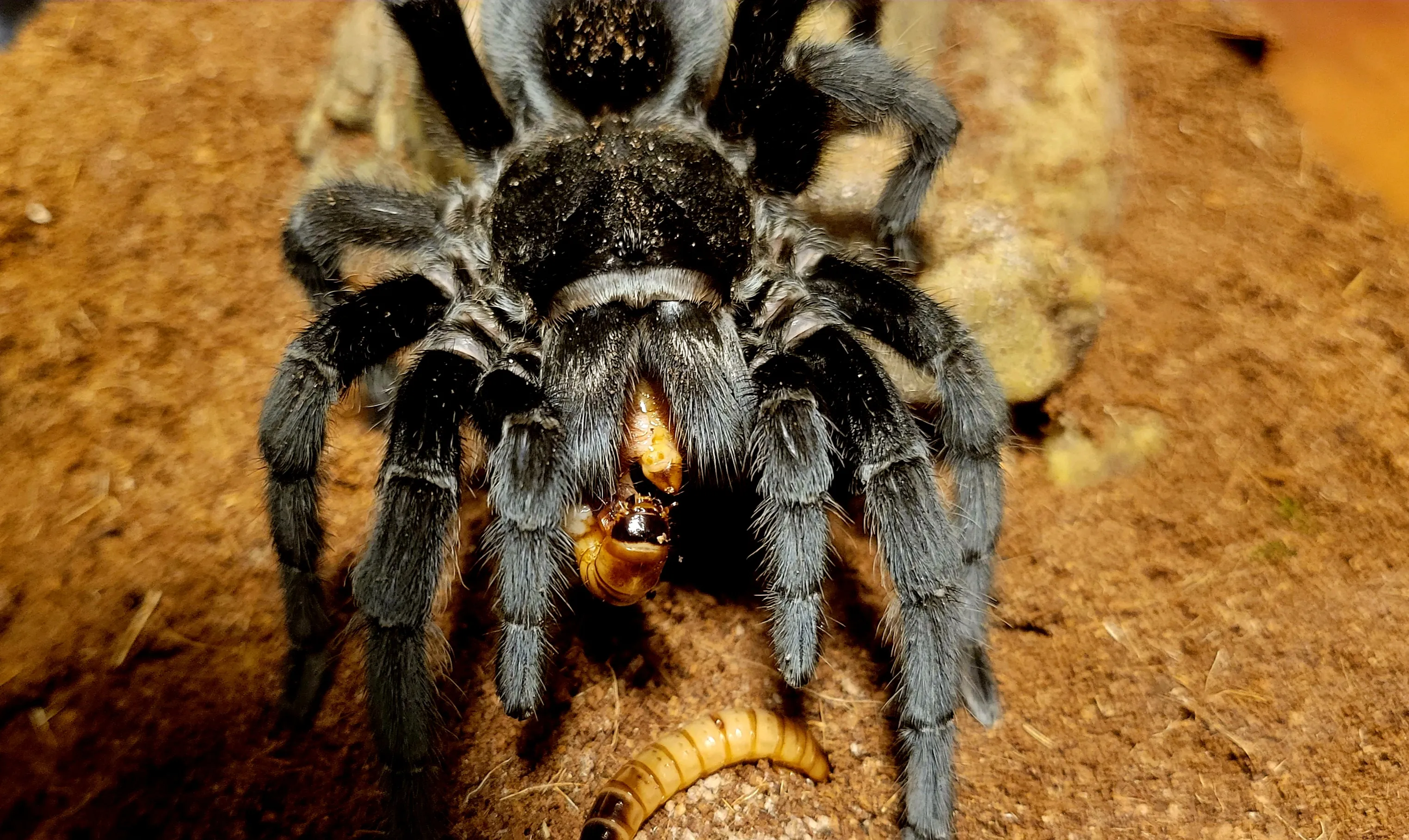
Like all living creatures, Grammostola tarantulas can be susceptible to various health issues. Regular observation of the tarantula’s behavior, eating habits, and physical condition is essential for detecting any problems early on. Common health problems include issues during molting, parasitic infections, and diseases. Prompt identification and treatment of these issues are critical to prevent serious health complications.
Moulting
Molting is a natural process for tarantulas, during which they shed their exoskeletons to grow. The frequency of molting decreases as the tarantula ages. Before molting, the tarantula may appear lethargic, stop eating, and spend more time in its hide. Providing adequate humidity is vital during the molting process to help the tarantula shed its old exoskeleton successfully. Avoid disturbing the tarantula during molting, as they are very vulnerable at this time. After molting, the tarantula will have a new, brighter exoskeleton. Leave the old exoskeleton in the enclosure, as the tarantula may consume it for nutrients. If the molt is unsuccessful or if the tarantula has difficulty molting, this could indicate issues with humidity, temperature, or other environmental factors.
Parasites and Diseases
Grammostola tarantulas can be susceptible to parasites, such as mites, which can infest their exoskeletons. Signs of a mite infestation include tiny, moving specks on the tarantula’s body and legs. If mites are detected, isolate the tarantula and clean the enclosure thoroughly. Consult a veterinarian or experienced tarantula keeper for advice on appropriate treatment. Diseases are less common, but bacterial or fungal infections can occur if the enclosure conditions are unsanitary. Maintain a clean and well-ventilated enclosure to minimize the risk of diseases. Look for any signs of illness, such as lethargy, loss of appetite, or discoloration, and consult a veterinarian if you observe any of these symptoms.
Final Thoughts
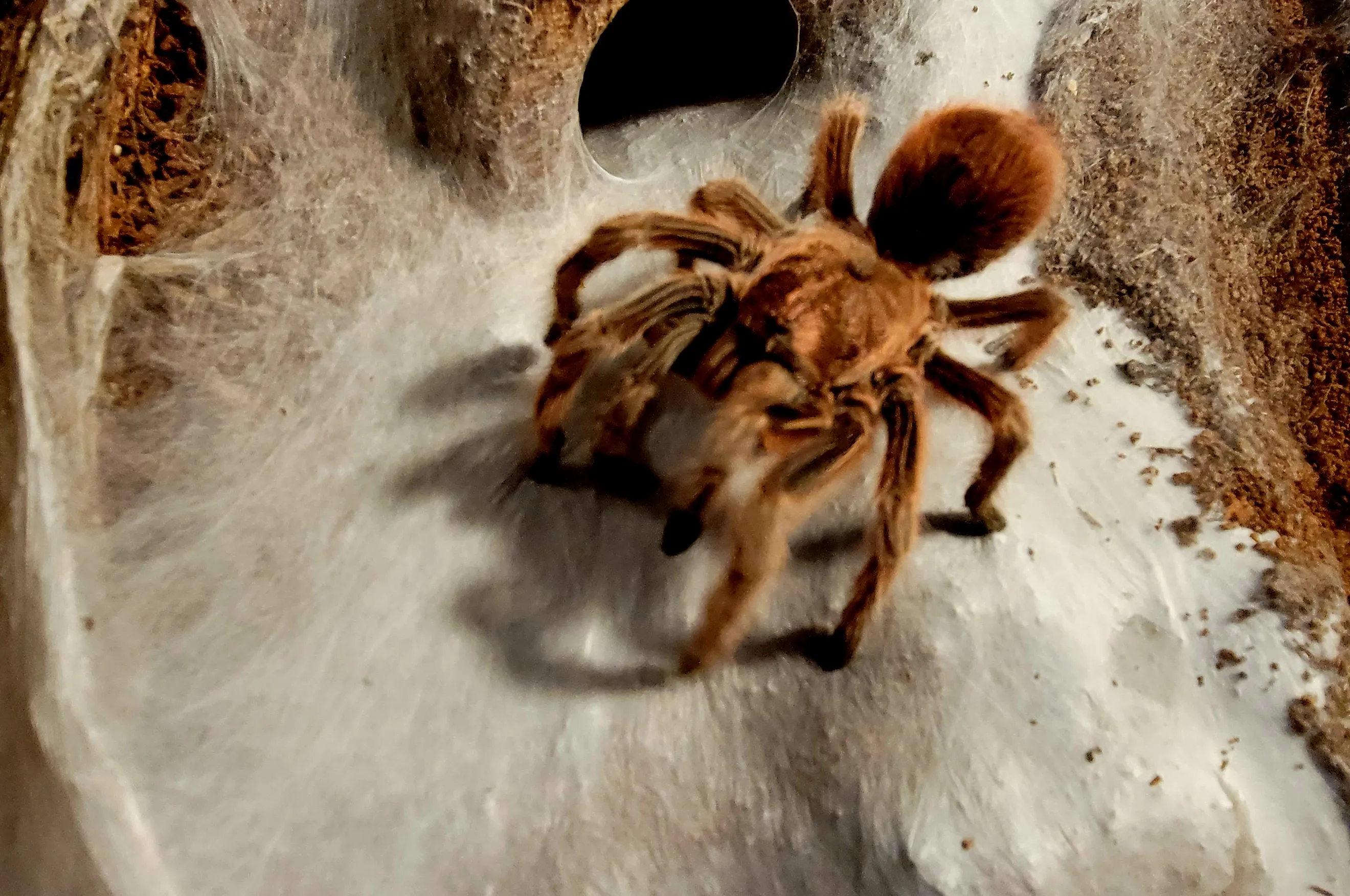
Caring for a Grammostola tarantula can be a rewarding experience. By following the care guidelines outlined in this guide, you can ensure that your tarantula lives a long, healthy, and fulfilling life. Remember that patience, observation, and attention to detail are key to success. Regular monitoring of the environment, feeding habits, and overall behavior of your tarantula will enable you to identify and address any potential issues promptly. Continue to learn about tarantula care from reputable sources, and don’t hesitate to seek advice from experienced keepers. Enjoy the fascinating world of Grammostola tarantulas, and appreciate the unique beauty and behaviors of these amazing creatures. Happy keeping!
